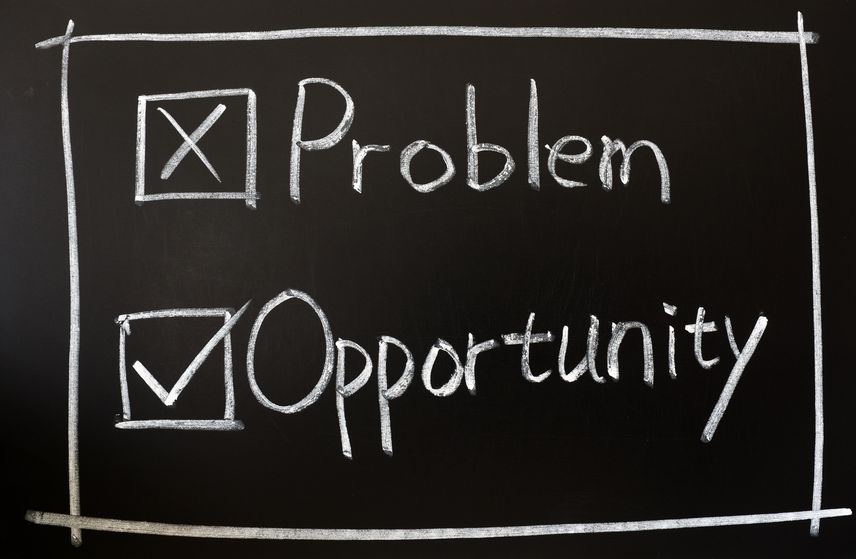We Need to Bring the SRL Phenomenon into Legal Education – But First, We Have to Bring Working with Clients into the Law School Curriculum
The enormous rise in the number of self-represented litigants in the justice system opens up the challenges of working with a new and different constituency of consumers and clients for which legal education must prepare lawyers and judges.
The SRL phenomenon requires legal educators like myself to identify the new knowledge and skills that prospective – as well as current – legal practitioners need in order to understand and interact with self-represented litigants. These new areas of learning represent significant changes and challenges to the way that law has traditionally been practiced.
The “SRL Curriculum”
During the month of October, the NSRLP is conducting an informal “audit” of the response to-date of the law schools and CLE providers across the country to the SRL phenomenon.. We are asking law professors and law societies to share with us what they offer in their courses that will equip law students and lawyers to work both directly and indirectly (since they share the same system) with SRLs. If you are a legal educator developing a curriculum unit or a program topic on the SRL phenomenon, please share this information with us. Please send me a brief message (julie.macfarlane@uwindsor.ca) to share with NSRLP what your programming does (or plans to do?) to offer this new knowledge and skills.
Later this month, and drawing on the responses we receive, NSRLP is planning to develop a preliminary “SRL Curriculum” (subtitled, “All You Ever Wanted to Know about SRLs, But Were Afraid to Ask”), listing topics and useful data sources. This will be published on the website at the end of October.
We are hoping that the SRL Curriculum will begin our national conversation about adapting legal education to reflect the new reality of self-representation and its impact on both lawyers and judges, and on those who work directly with SRLs (some of us) as well as those who will encounter SRLs in the justice system (all of us).
The Invisible Client and Legal Education
However there is a deeper challenge to beginning this conversation, and this is where I want to begin this blog. That is the challenge of talking about clients and justice system consumers as real people in legal education. Not just the names in the headnote or the Bob and Charlie of the exam hypothetical – but as real people who are affected by personal aspirations, fears, and goals (whether or not these are “rational”, realistic, or consistent).
I have written before (The New Lawyer 2008) that in law school clients are rendered “invisible”. They are implicitly seen as a distraction from the neat world of client-free intellectual analysis that is rewarded in our law school assessment model (dominated by analysis of hypotheticals in final examinations in which the clients needs, motivations and other concerns are irrelevant to points scored for legal analysis). The dominant professional ethos of “lawyer-in-charge” that students first absorb in law school presents clients as an intrusion into effective legal decision-making and mysteriously absent – intellectually and practically – from how students learn about the law.
If we are to confront the challenges of adapting legal education to prepare prospective lawyers for the multi-faceted challenges of the SRL phenomenon, we need to begin with bringing clients into the discussion – conceptually and even physically, as visitors – in law school classrooms.
The Client Revolution
As I wrote in The New Lawyer in 2008, the assumption of the lawyer-in-charge model is withering away in the face of a new generation of clients – both commercial and personal – who are not interested in this type of hierarchical professional relationship (in which they pay for someone to tell them what to do).
Commercial clients have been voting with their feet to reject this model for some time now, either requiring outside counsel include them in decision-making (and justify their expenditures), or placing counsel in-house where they can have greater control over them.
Personal clients have been profoundly changed by their access to the World Wide Web. This means that lawyers no longer act as the gatekeepers to the basic legal information sought by clients. Instead, in order to offer these clients value-for-money, lawyers must take the time to really understand client needs and offer advocacy and support that is strategic and responsive.
While this client revolution was well underway in 2008, what I did not anticipate at that time was the huge rise in self-representation. SRLs – who see legal services as unaffordable or at best, poor value-for-money and who are Internet savvy consumers – are obviously in part the consequence of this same client revolution.
Law students now need to be prepared to work not only with their own clients – something we have, at best, done a minimal job of equipping them for in law school, where a small number of students take a clinical program – as well as with opposing counsel. Now they also have to be ready to work with a Third Side – SRLs.
Law School and Clients
A client whom I interviewed over a decade ago for a research project made the following remark to me that I have never forgotten:
“What is it that law school does to prepare lawyers to understand and meet the needs of their clients? Nothing.”
This may be a little sweeping, but the underlying point here was – and still is – hard to argue with. If we are going to start to tackle the skills and knowledge that law students need to be equipped with to work with SRLs both directly and indirectly – if we are going to teach them about what we know about the SRL phenomenon and how the might expect it to affect their practice – we have to begin with this basic proposition – how can we make clients a topic of study and skills development in law school?
Let me end with an example and a question. One response that we have sometimes received to the suggestion that a SRL come to class for an hour to talk to students about their experience is, “there is not enough time/ space in the curriculum for this.” My question is: “What does this response suggest about our priorities at law school, and do we need to reappraise them?”











